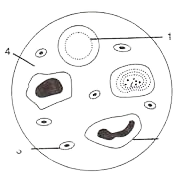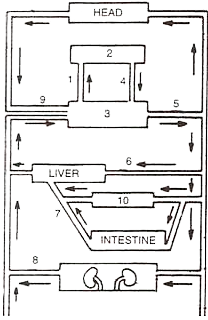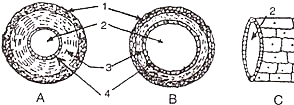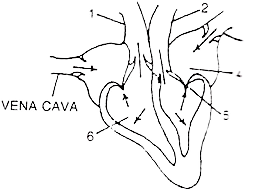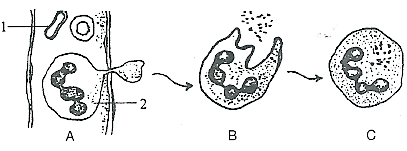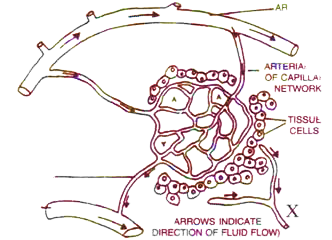ICSE Class 10 Biology Chapter 8 Selina Concise Solutions - Free PDF Download
FAQs on Concise Biology Class 10 ICSE Solutions for Chapter 8 - The circulatory system
1. Why is it important to know the patient’s blood group before transfusion is done?
According to Selina Concise Biology Class 10 ICSE Solutions for Chapter 8 - The circulatory system it is important that the patient’s blood group is studied well as it helps understand which blood group will be the best compatible for the person. If a person during a surgical procedure needs blood it helps the doctors to understand which blood group from the healthy person’s category will match the person who needs to undergo surgical treatment. Because the blood groups do not match the antigens that are the proteins present on the surface of the red blood cells of the human body tend to attack the foreign body invasion which will create complications.
2. What are the subtopics covered in the Selina Concise Biology Class 10 ICSE Solutions for Chapter 8 - The circulatory system?
The subtopics that are covered in this chapter as given by Selina Concise Biology Class 10 ICSE Solutions for Chapter 8 - The circulatory system are as follows:
Need for transport inside the body
Fluids in bodies of humans and other organisms
Properties of blood
Functions of blood in human bodies
What is blood composed of?
The function of platelets that are present in the blood such as coagulation of blood also called clotting of blood
Blood transfusion and blood groups that are present in humans. Explanation of ABO and RH systems are done here
Blood circulatory systems in various organisms
Two blood circulations such as pulmonary and systemic and their details.
3. How does the Selina Concise Biology Class 10 ICSE Solutions for Chapter 8 - The circulatory system helps understand the concepts for application in daily life?
Selina Concise Biology Class 10 ICSE Solutions for Chapter 8 - The circulatory system from Vedantu gives a deep explanation of how almost all organisms have some sort of fluid that moves around the body and how each of these fluids provides food or energy to each of the parts of the body. These fluids consist of the distributing system along with the collecting system which helps transport to and from various parts of the body. The topics that are covered in Selina Concise Biology Class 10 ICSE Solutions for Chapter 8 - The circulatory system include the need for transport of fluid in the human body and the fluids in bodies along with what are the composition and functions of blood that is involved.
4. Are there any application-type questions asked in Selina Concise Biology Class 10 ICSE Solutions for Chapter 8 - The circulatory system?
Most of the questions that are asked in competitive and board exams tend to be based on the application of various concepts which means that there needs to be a proper understanding of each matter in order to apply them even if it is out of the syllabus being mentioned. This purpose is highly maintained while drafting the Selina Concise Biology Class 10 ICSE Solutions for Chapter 8 - The circulatory system via Vedantu as it provides all sorts of application-type questions that not only help students understand and apply it to daily life but also help in answering the questions effectively.
5. What makes studying from Selina Concise Biology Class 10 ICSE Solutions for Chapter 8 - The circulatory system interesting?
Here are some points that make studying from the Selina Concise Biology Class 10 ICSE Solutions for Chapter 8 - The circulatory system very interesting:
A detailed and understandable explanation that makes the students want to know more about the topic
Each of the topics that are relevant to the main subject is covered without any missing.
There are diagrams and projections alongside texts which helps students understand the concepts based on the images provided.
Gives an all-around practice and self-study opportunity for those students seeking to learn on their own.

























